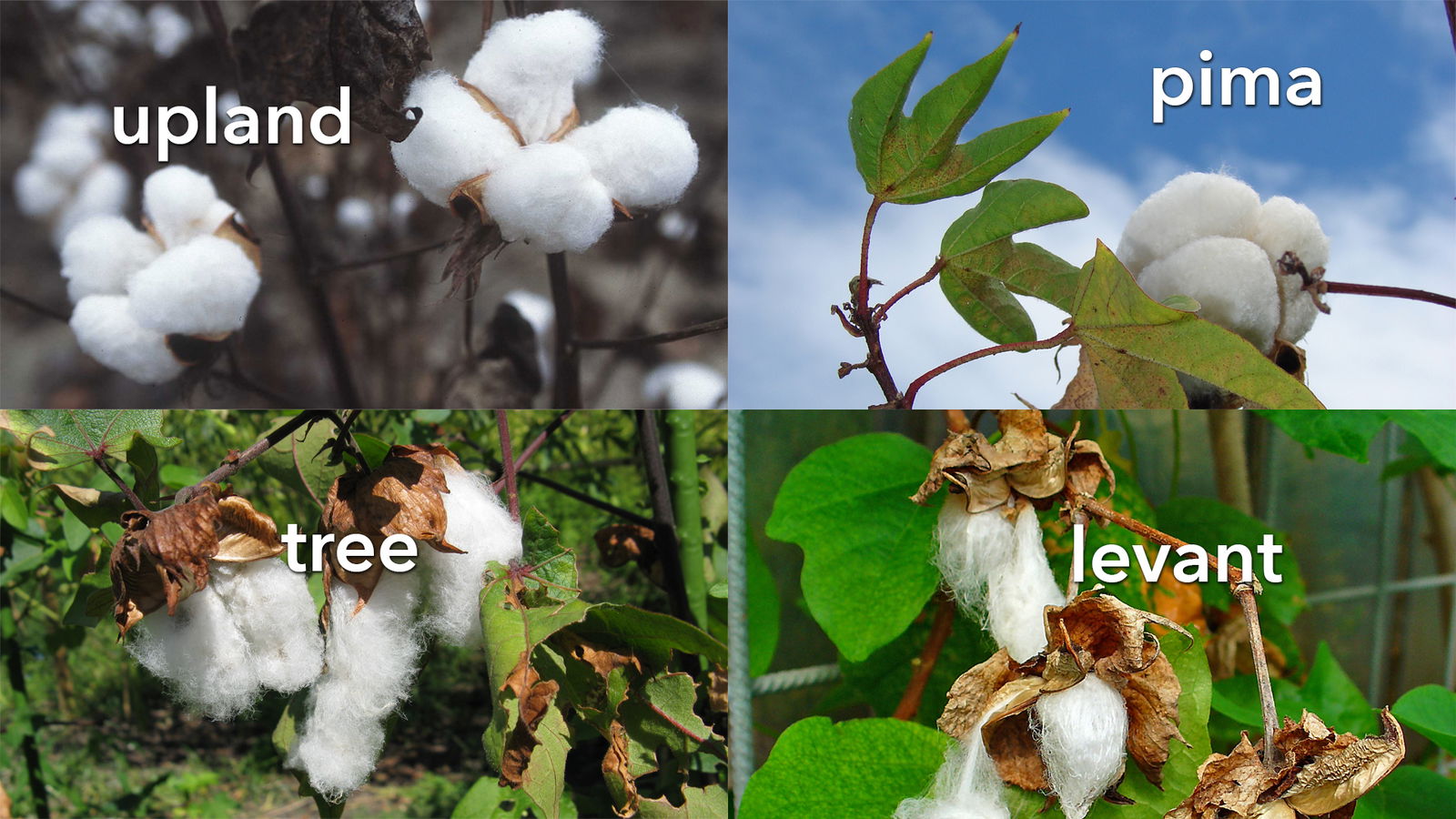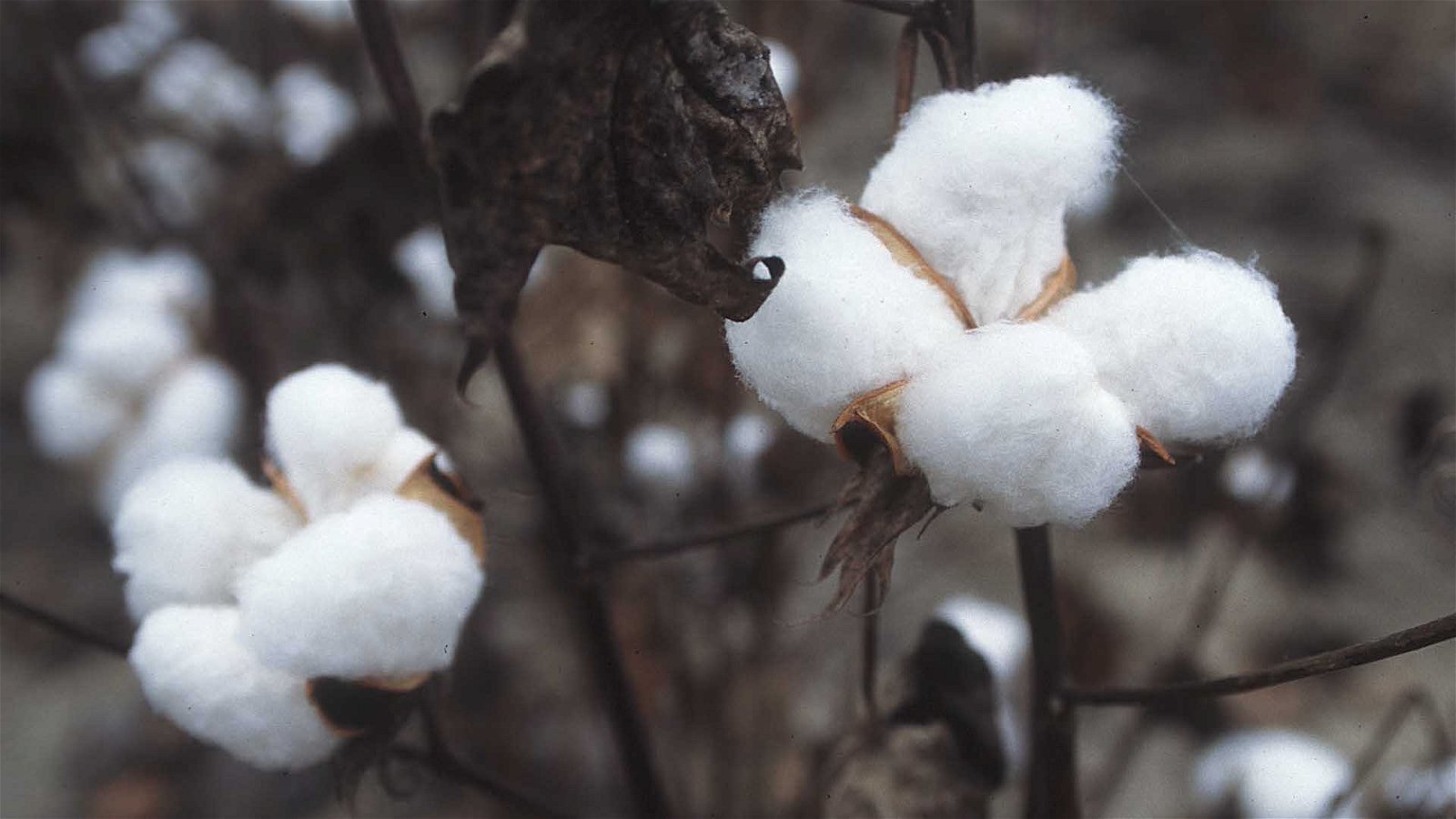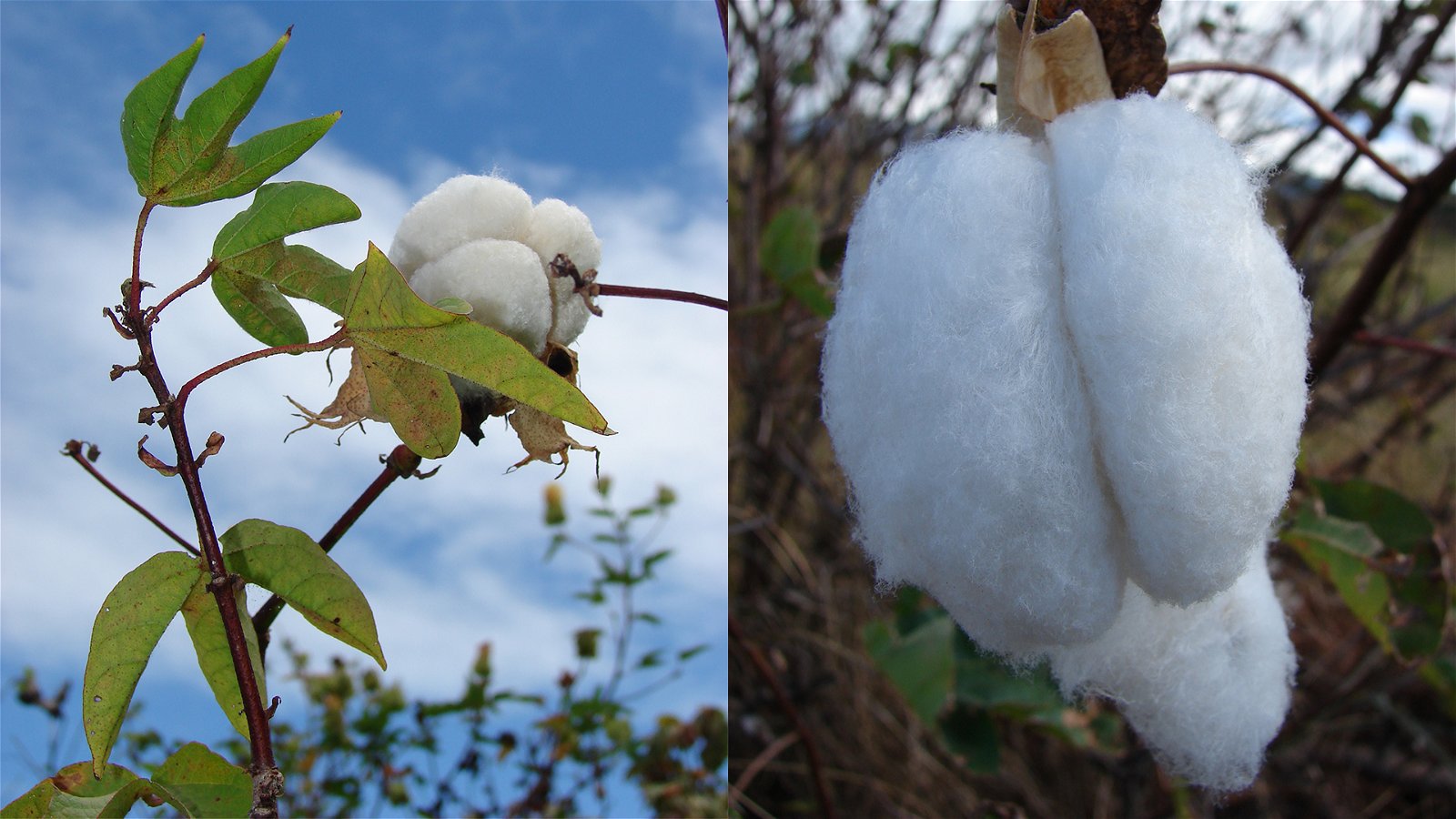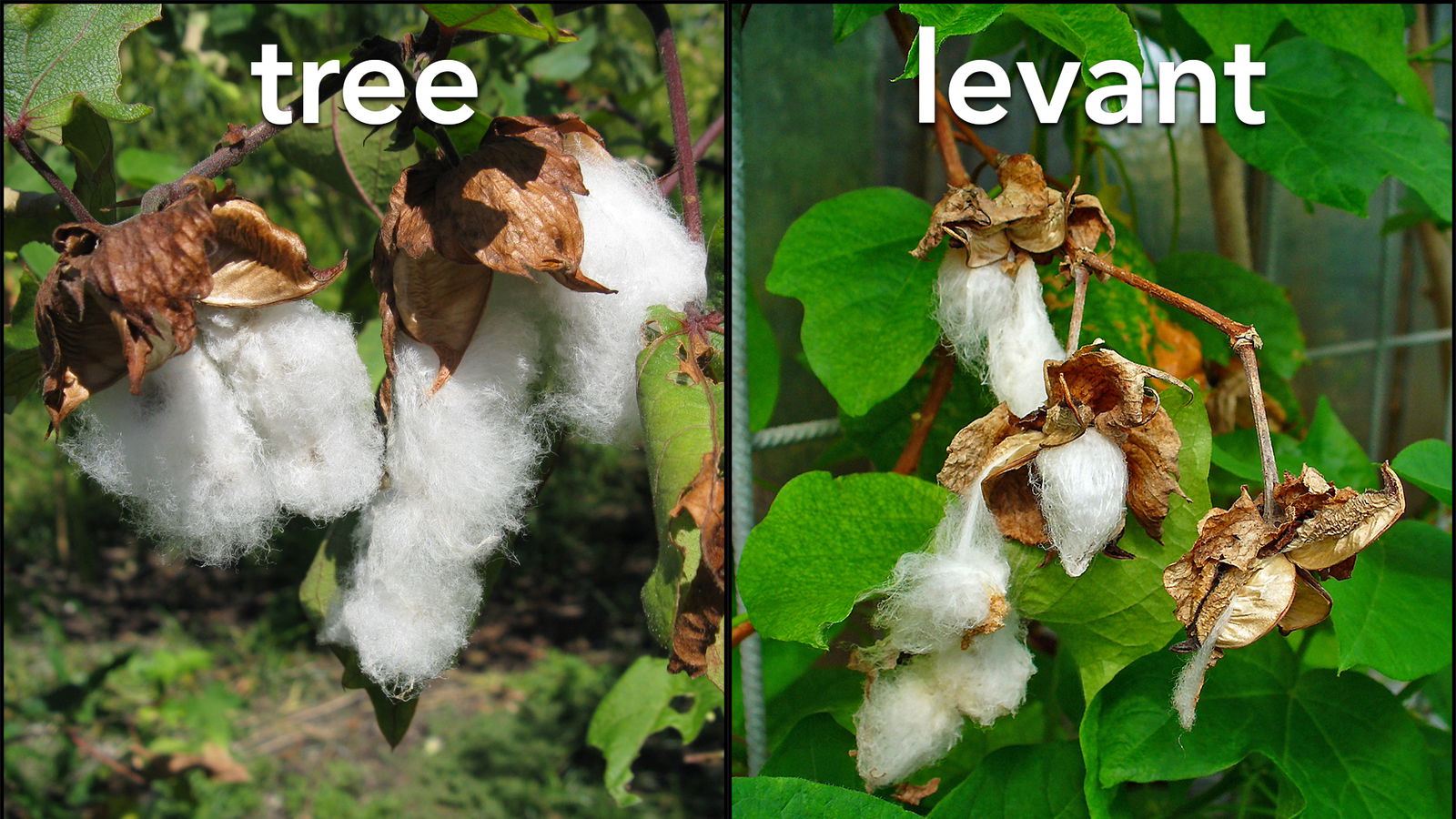APA format:
Genetic Science Learning Center. (2010, December 9) Uses & Types of Cotton.
Retrieved April 15, 2024, from https://learn.genetics.utah.edu/content/cotton/uses
CSE format:
Uses & Types of Cotton [Internet]. Salt Lake City (UT): Genetic Science Learning Center; 2010
[cited 2024 Apr 15] Available from https://learn.genetics.utah.edu/content/cotton/uses
Chicago format:
Genetic Science Learning Center. "Uses & Types of Cotton." Learn.Genetics.
December 9, 2010. Accessed April 15, 2024. https://learn.genetics.utah.edu/content/cotton/uses.
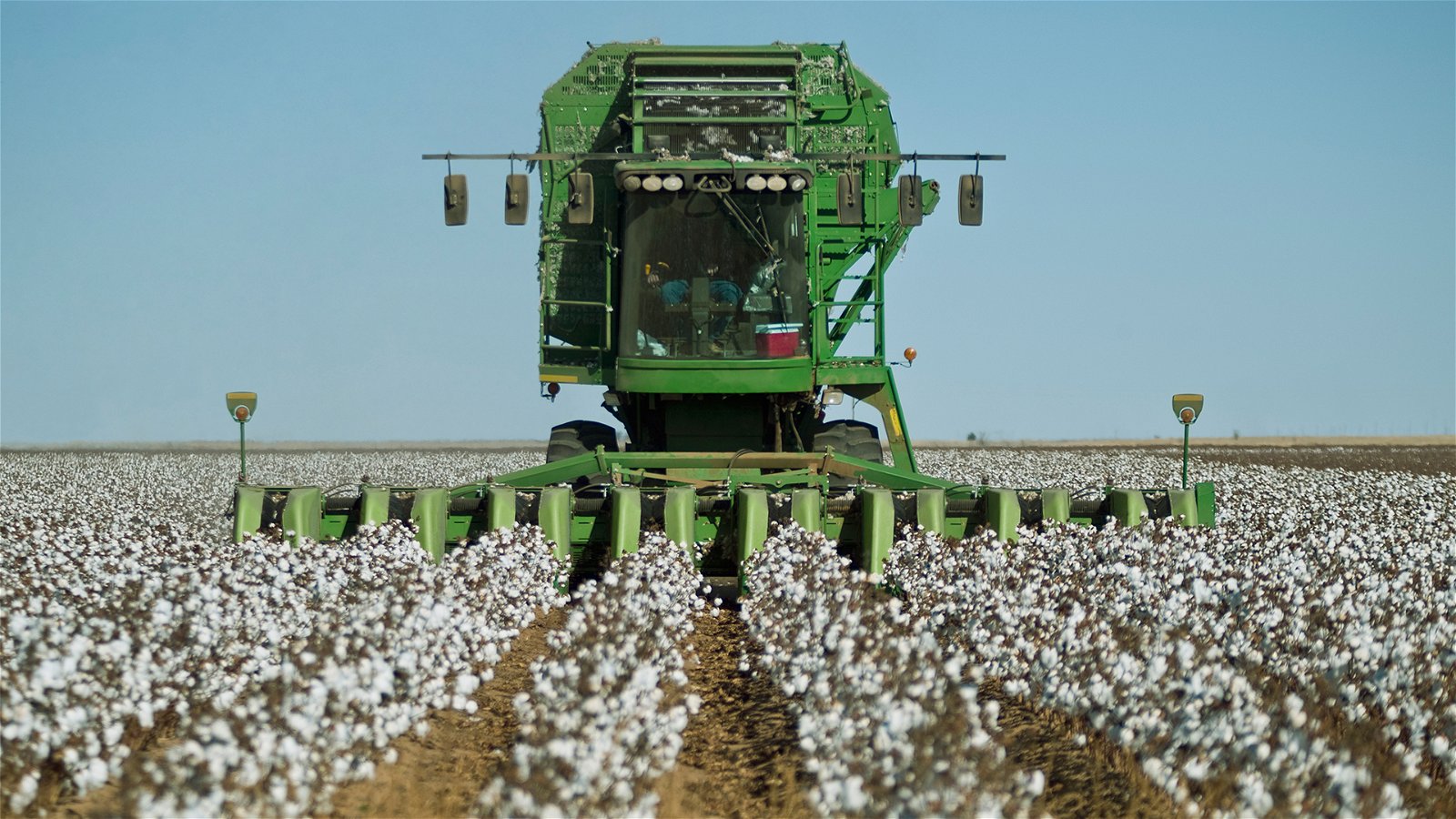 Each year, the US produces about 8.5 billon pounds (3.9 billion kg) of cotton fiber.
Each year, the US produces about 8.5 billon pounds (3.9 billion kg) of cotton fiber.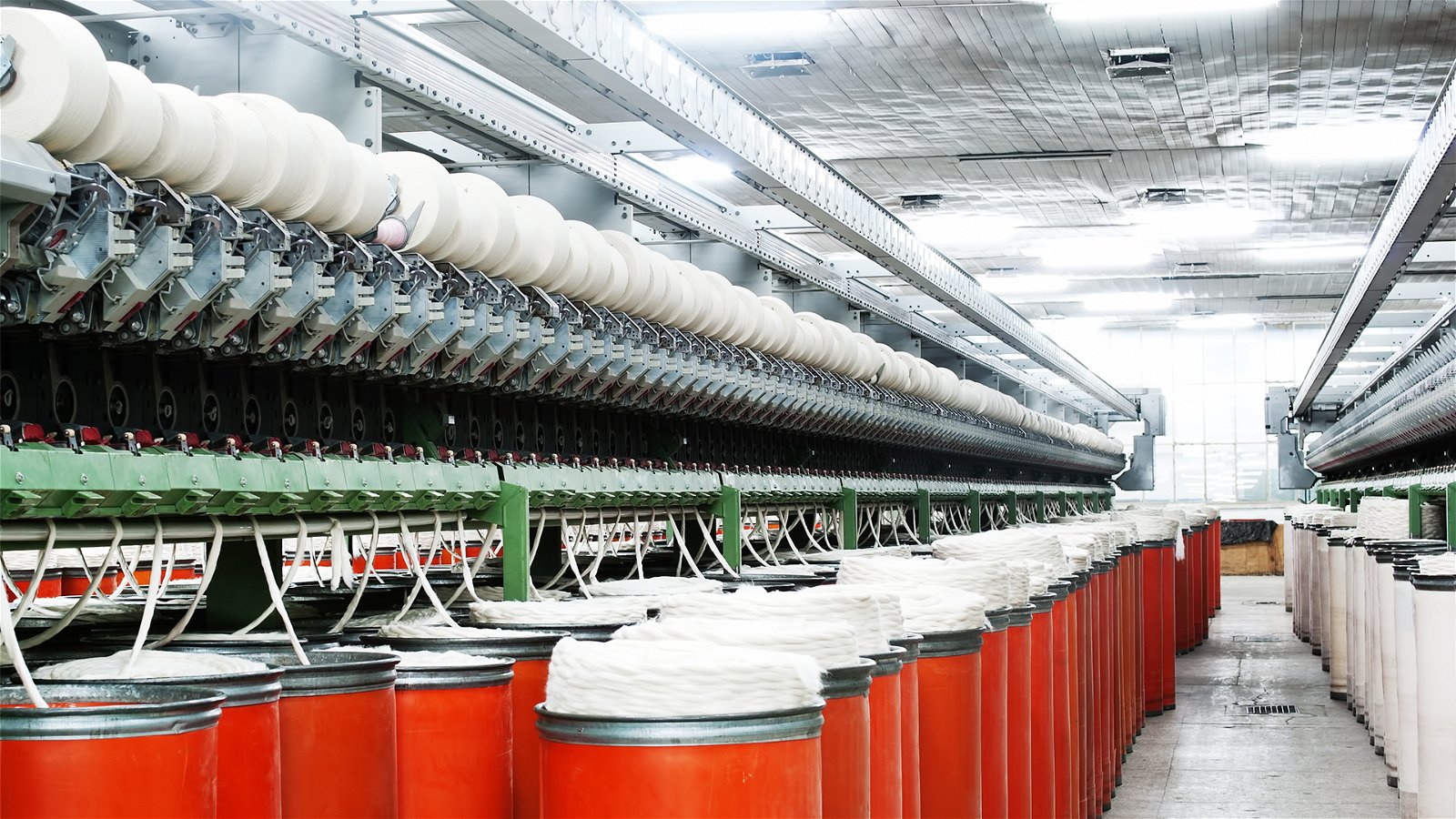 If all of that fiber were made into fabric...
If all of that fiber were made into fabric...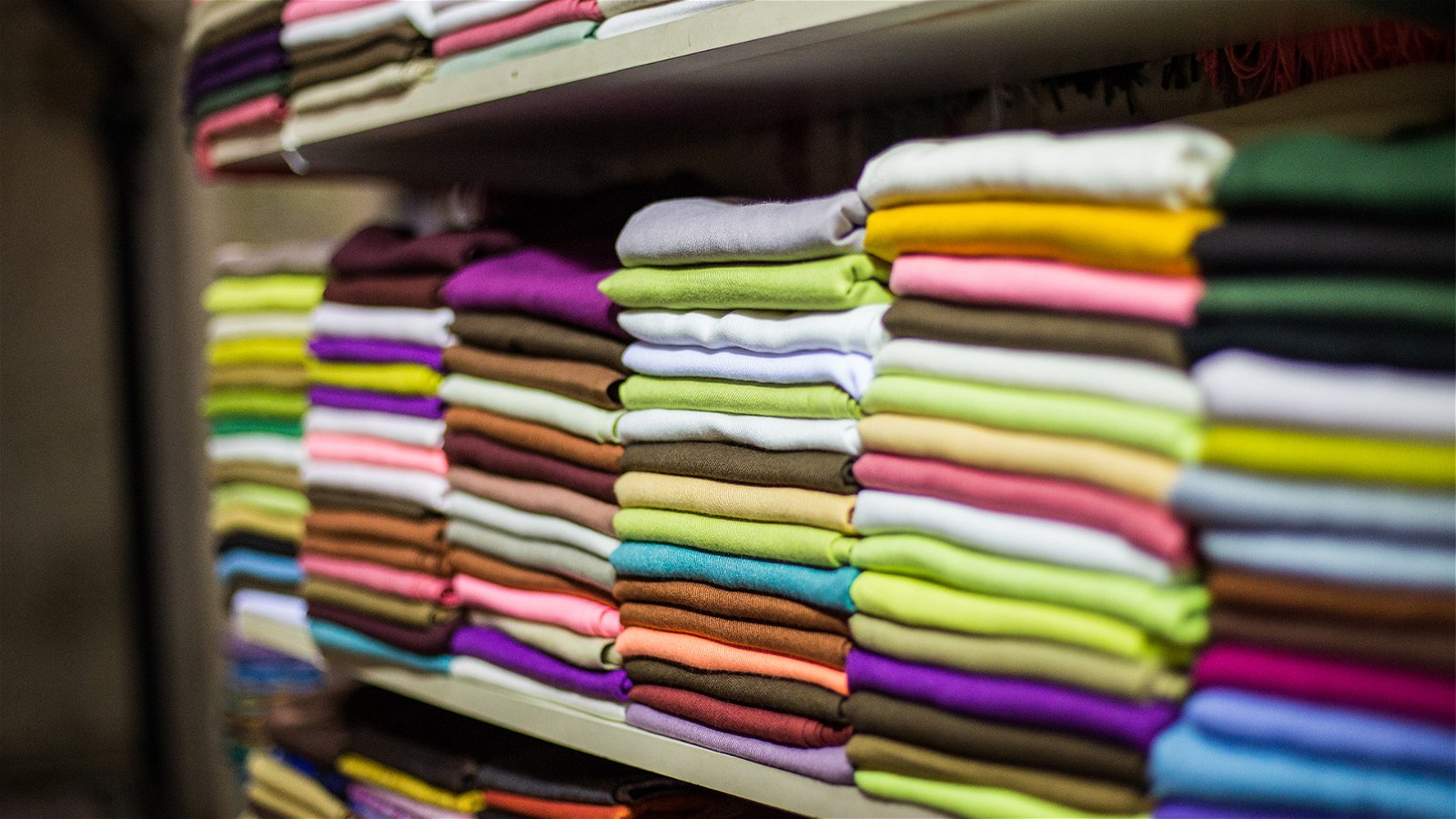 ...and the fabric were made into t-shirts, that would be enough to make nearly 3 t-shirts for every person on the planet!
...and the fabric were made into t-shirts, that would be enough to make nearly 3 t-shirts for every person on the planet!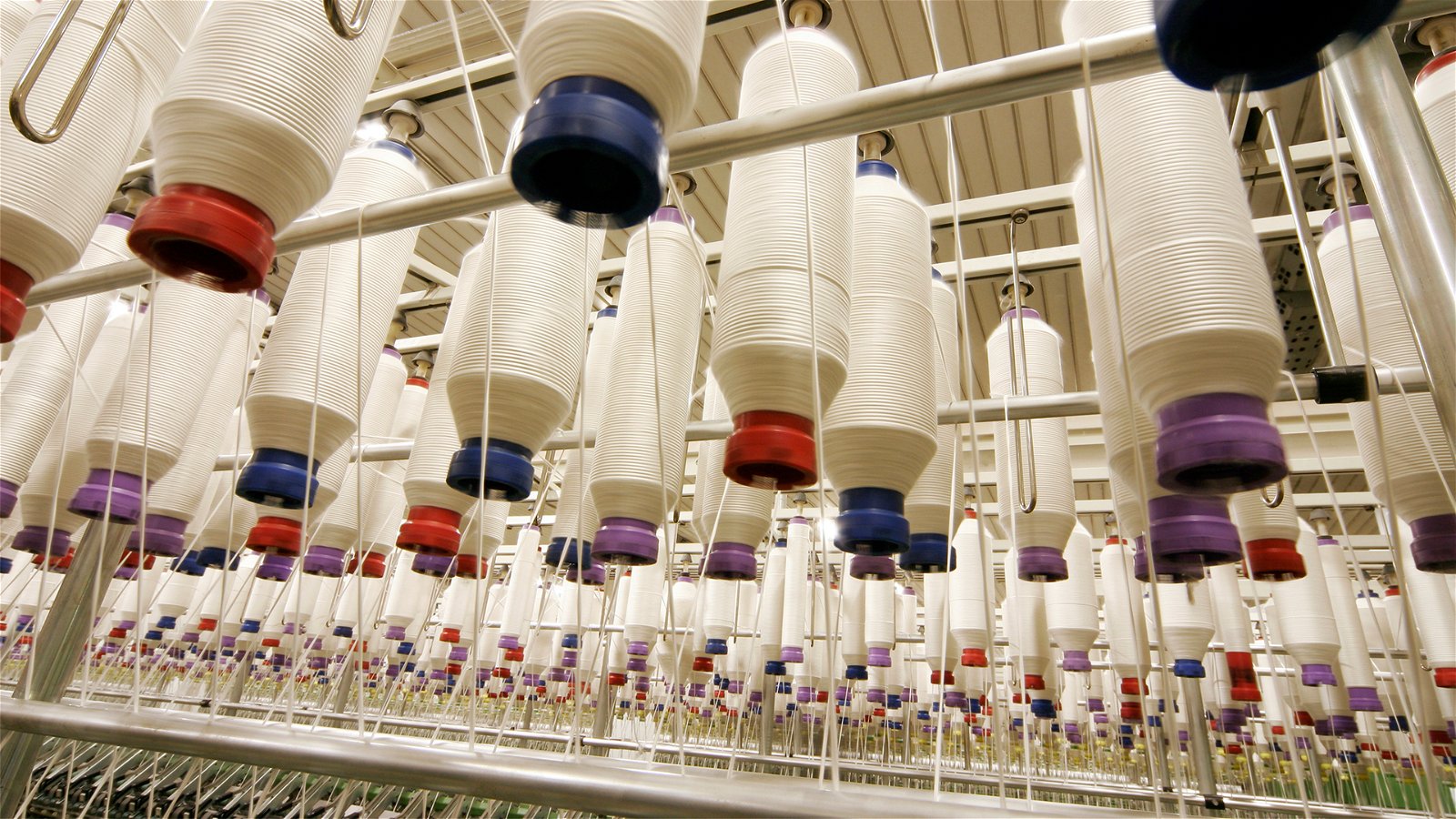 China and India produce even more cotton than the US—about 17.5 and 13.3 billion pounds, respectively.
China and India produce even more cotton than the US—about 17.5 and 13.3 billion pounds, respectively.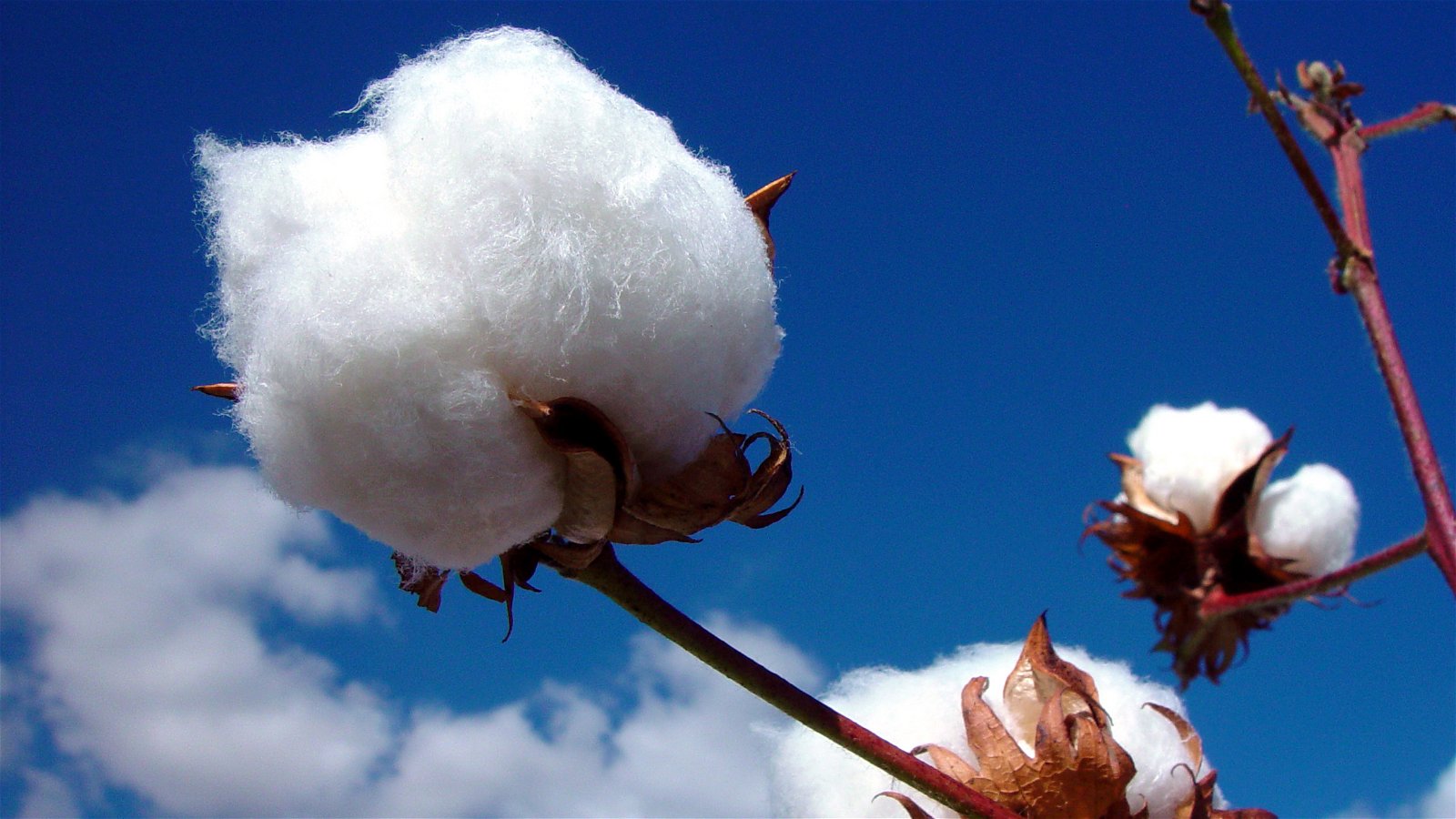 This is a cotton plant.
This is a cotton plant. If you look around your home, you'll find lots of things that are made from cotton—like clothing, sheets, and towels. Cotton batting is often used to stuff furniture and mattress.
If you look around your home, you'll find lots of things that are made from cotton—like clothing, sheets, and towels. Cotton batting is often used to stuff furniture and mattress.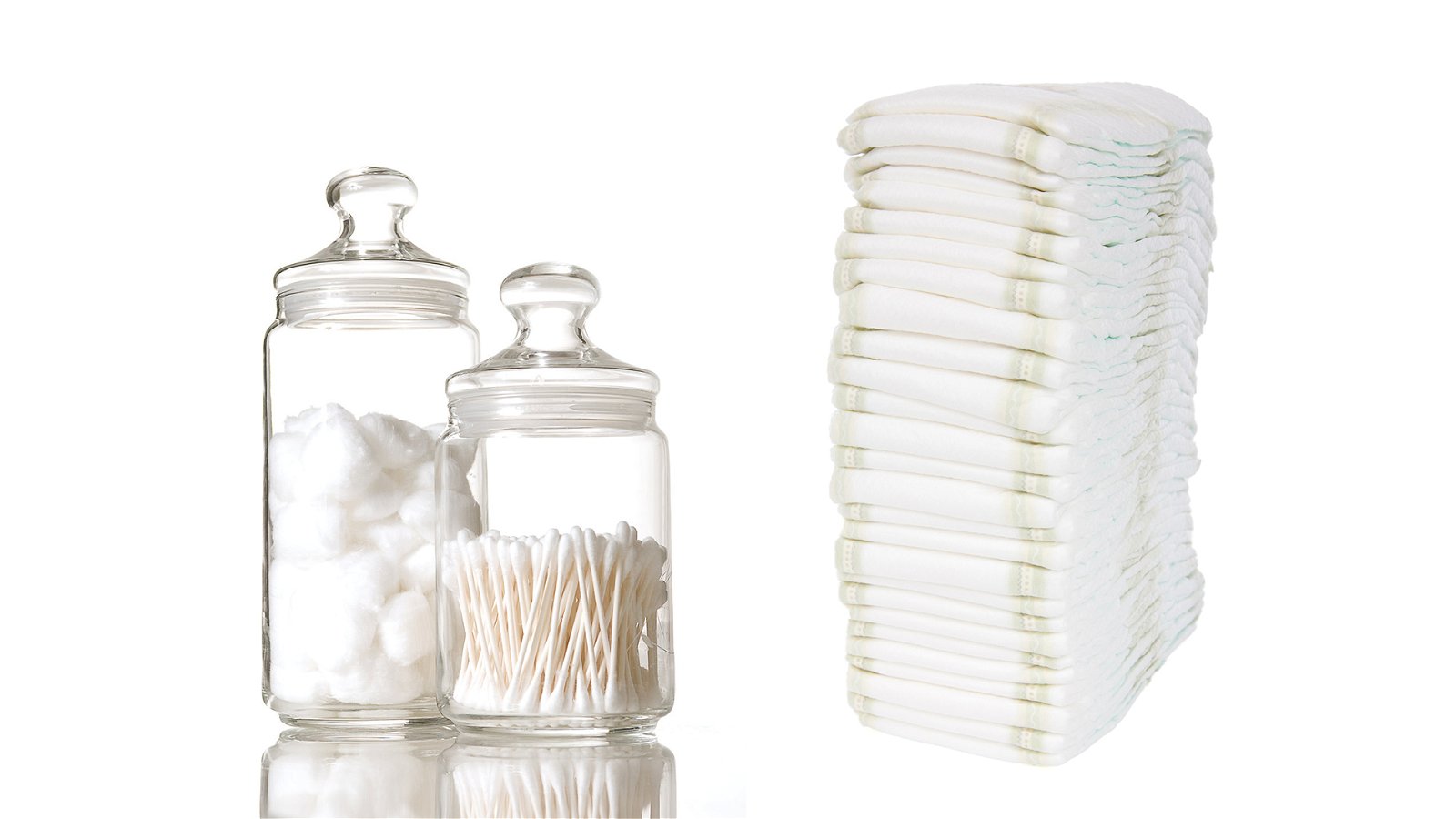 Lots of disposable products are made from cotton—cotton swabs, cotton balls, bandages, feminine products, wipes, diapers.
Lots of disposable products are made from cotton—cotton swabs, cotton balls, bandages, feminine products, wipes, diapers. You'll find it in book bindings and paper money.
You'll find it in book bindings and paper money.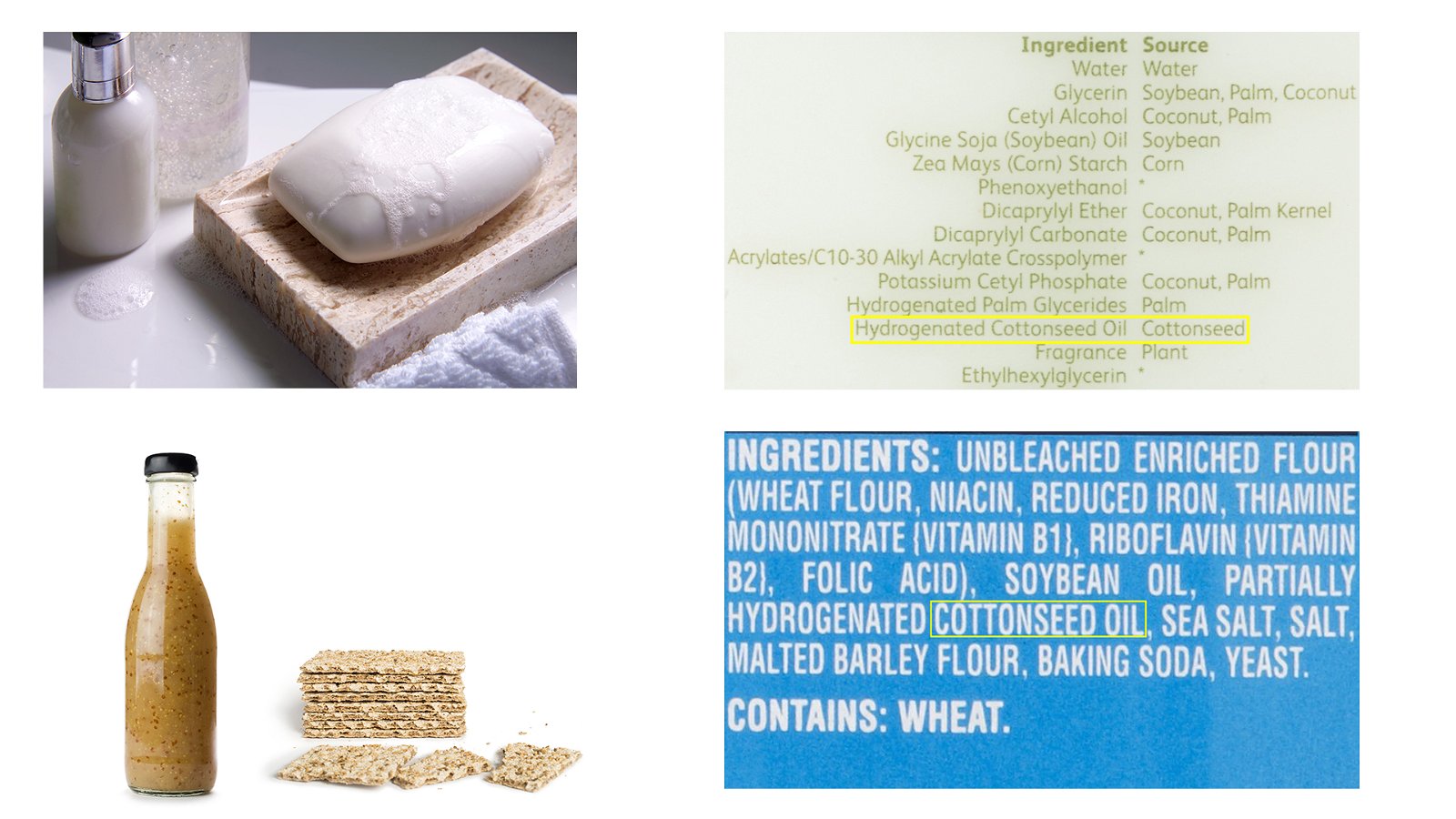 The seeds are useful too. You can probably find cotton seed oil in your kitchen. It's also used in things like soap, lotion, candles, and paint.
The seeds are useful too. You can probably find cotton seed oil in your kitchen. It's also used in things like soap, lotion, candles, and paint.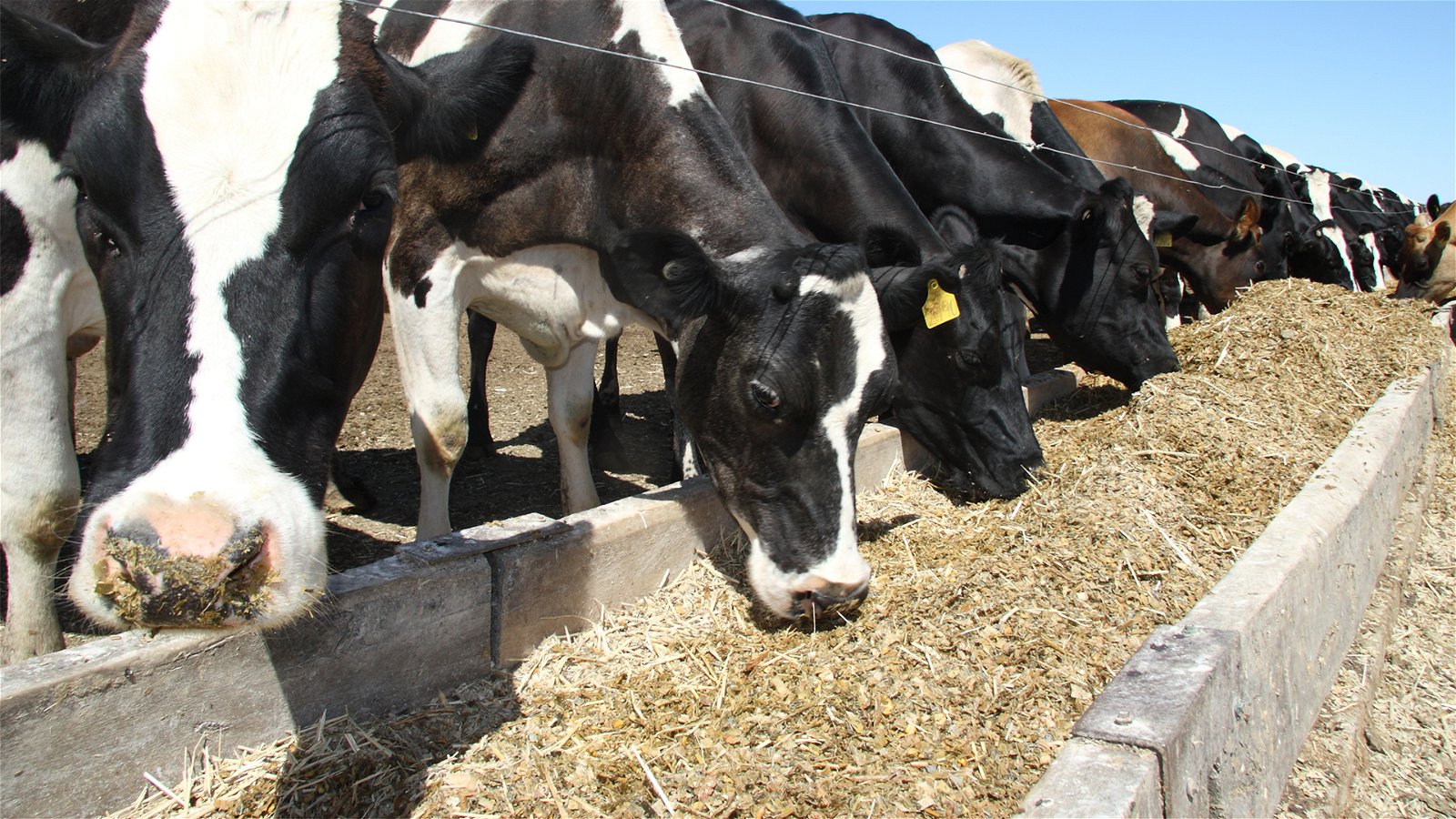 After the oil is pressed out, the remaining high-protein "meal" can be made into fertilizer or added to food for animals.
After the oil is pressed out, the remaining high-protein "meal" can be made into fertilizer or added to food for animals.